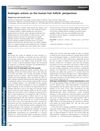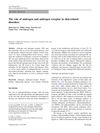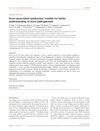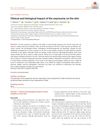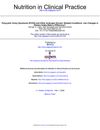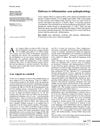Linking Diet to Acne Metabolomics, Inflammation, and Comedogenesis: An Update
July 2015
in “
Clinical, Cosmetic and Investigational Dermatology
”
acne vulgaris hyperglycemic carbohydrates milk dairy products saturated fats trans-fats omega-3 polyunsaturated fatty acids sebaceous gland insulin IGF-1 nutrigenomic effects sebum production inflammation FoxO1 mTORC1 dairy protein supplements plant-derived mTORC1 inhibitors omega-3 PUFAs acne sugar dairy fats omega-3s sebum dairy protein plant-based mTORC1 inhibitors
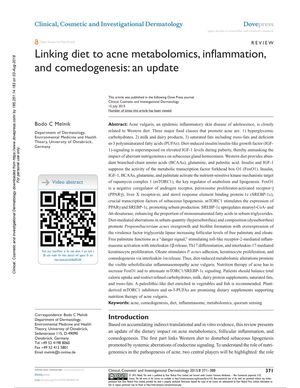
TLDR Eating less sugar, milk, and saturated fats and more vegetables and fish may help treat and prevent acne.
The 2015 document examines the connection between diet and acne, identifying hyperglycemic carbohydrates, milk and dairy products, and saturated fats, including trans-fats and deficient omega-3 polyunsaturated fatty acids, as dietary factors that promote acne vulgaris. It explains how these dietary elements disrupt sebaceous gland homeostasis through insulin/IGF-1 signaling and nutrigenomic effects, leading to increased sebum production and inflammation. The paper emphasizes the importance of the metabolic transcription factor FoxO1 and the nutrient-sensitive kinase mTORC1 in acne pathogenesis. A study involving 563 subjects linked moderate-to-severe adolescent acne with high dairy and high glycemic food consumption and low intake of fish, fruits, and vegetables. The document suggests that nutrition therapy for acne should focus on reducing insulin/IGF-1/mTORC1 signaling and recommends a balanced diet with restricted refined carbohydrates, milk, dairy protein supplements, saturated fats, and trans-fats, while increasing vegetables and fish intake. It also highlights the potential benefits of plant-derived mTORC1 inhibitors and omega-3 PUFAs as dietary supplements for acne treatment. The paper concludes that acne vulgaris is an mTORC1-driven disease of Western civilization, and dietary interventions that reduce mTORC1 signaling could be effective in treating and preventing this inflammatory skin condition.
